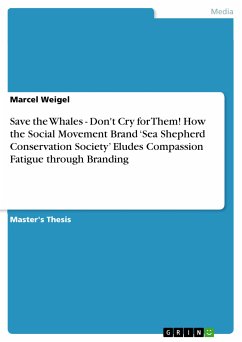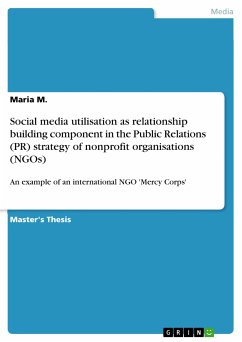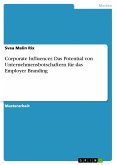Master's Thesis from the year 2015 in the subject Communications - Public Relations, Advertising, Marketing, Social Media, grade: 1,7, Södertörn University (School of Culture and Education), language: English, abstract: The rising influence of neoliberalism in western societies led to a marketization of seemingly non-economic spheres of life. As a result, boundaries between non-profit organisations and state duties on the one hand and economics on the other hand have been blurring. At the same time, charitable organisations have been facing the problem of Compassion Fatigue and the need of new donor approaches to support their causes. Both challenges are in some extent interrelated with each other and can be dealt with by the use of brand logic. The aim of this thesis is to analyse how non-profit non-governmental organisation (NPNGOs) perform in a marketised world using their reputation as core of their brand creation. The new requirements NPNGOs have to meet in order to succeed in a marketised environment are worked out theoretically and applied to the example of the radical environment protection organisation Sea Shepherd. Its communication strategies and brand creation are examined through the concepts of Branding and Reputation Management which are used as related theoretical frameworks. The analysis of Sea Shepherd in terms of the theoretical frameworks, finally, provides an insightful example of how NPNGOs nowadays can act like brands. In a marketised world in which audiences are used to interact with and to project themselves into brands which meet their values, also NPNGOs have to play the game of the marketplace. Sea Shepherd's YouTube communication, its online shop along with its merchandise production, its official website and finally, its use of the logo, are vital illustrations of NPNGOs' Branding.
Dieser Download kann aus rechtlichen Gründen nur mit Rechnungsadresse in A, B, BG, CY, CZ, D, DK, EW, E, FIN, F, GR, HR, H, IRL, I, LT, L, LR, M, NL, PL, P, R, S, SLO, SK ausgeliefert werden.









